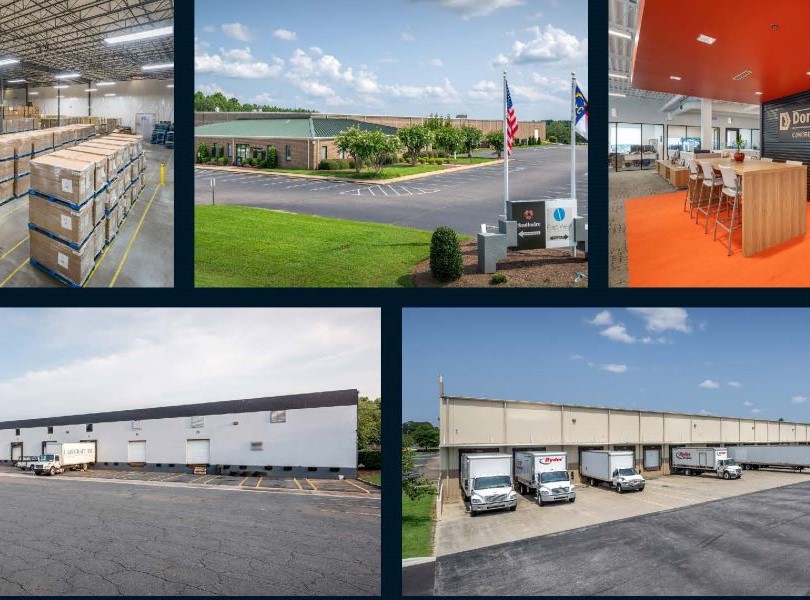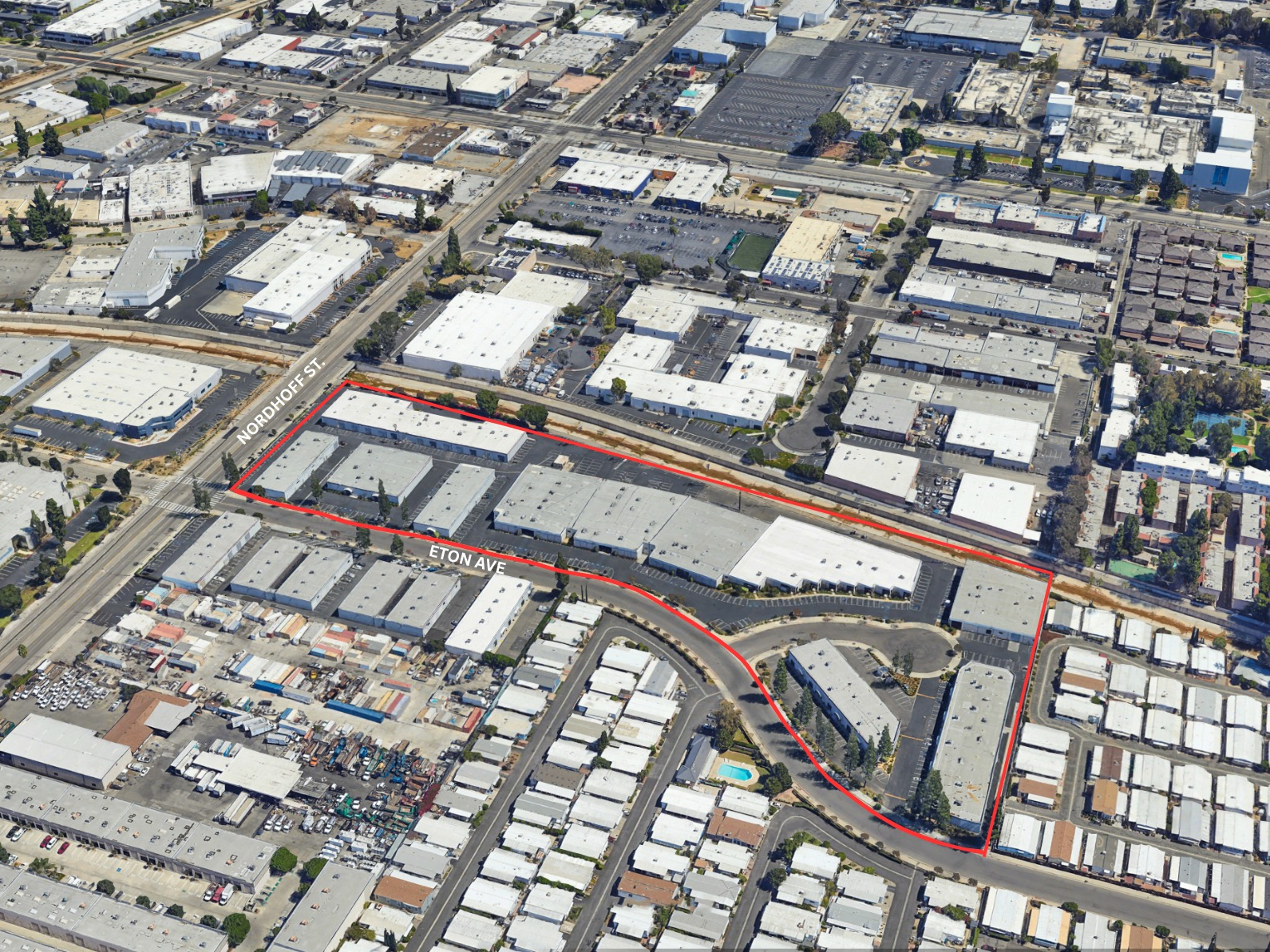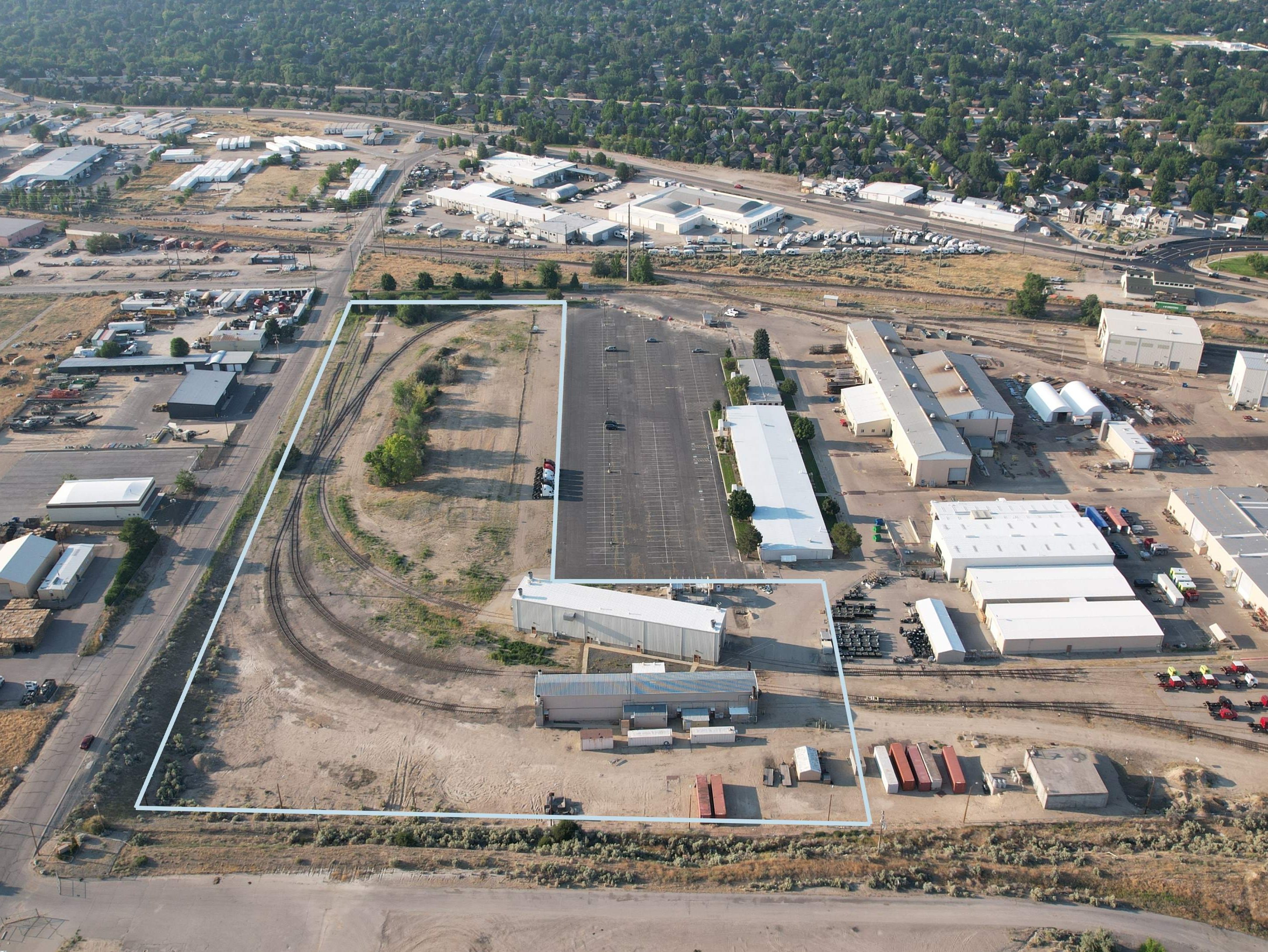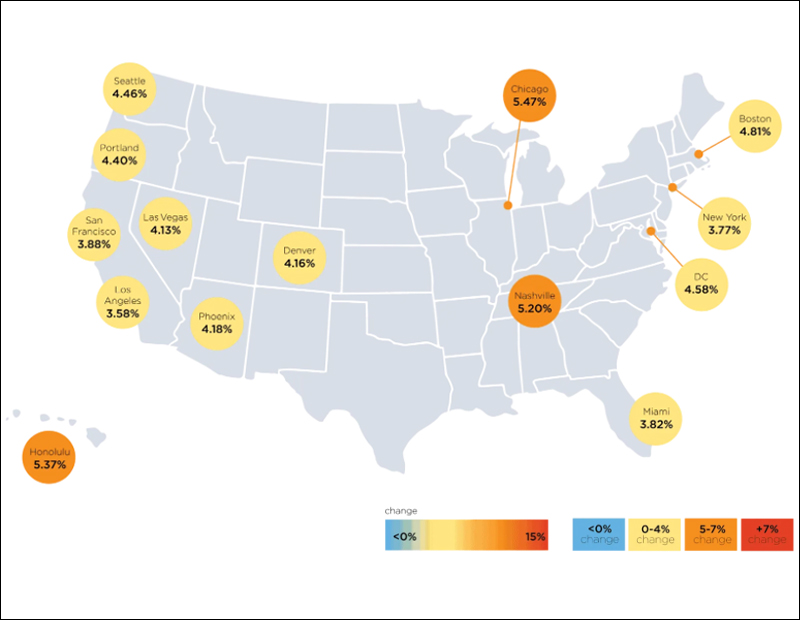Retail Properties With Strong Tenants Thrive
Positive economic activity and an abundance of capital have further sustained demand for well-located investment property, both within single-tenant and multi-tenant sites, says Matthew Mosavi of SRS.

Matt Mousavi Image courtesy of SRS
The net lease retail investment market, in general terms, is on pace to meet or exceed volumes experienced through the first quarter of 2018. Transactional activity through the first quarter of 2019 appears to have benefited from the compression of the 10-yr treasury, swap rates and other financing indexes, providing a welcomed boost to investor yields and cash-on-cash returns, while simultaneously generating motivation for owners to deploy assets to the market to take advantage of this “window” of compressed interest rates. The 10-year treasury was 3.23 percent in mid-November, by the first week of April, it was 2.49 percent.
Positive economic activity and an abundance of capital have further sustained demand for well-located retail investment property, both within single tenant and multi-tenant property types. Buyers are more prudent, measured in their approach of underwriting centers with junior anchor and anchor space. Concerns within certain categories of retail continue, such as clothing and soft goods, as e-commerce continues to change the retail landscape. According to Coresight Research, a retail analytics think tank, store closures in 2018 fell to approximately 5,524 in 2018 from over 7,000 in 2017. We expect to see more tactical store closures through the rest of the year and into the near future. Retailers who are well positioned with a sustainable business model and strong financial health, will survive, and potentially thrive, in this market. Debt laden retailers, like Toys R Us, suffered from both a changing retail landscape and an unsustainable financial position as a company.
On the Strip
Aside from net lease, grocery-anchored retail and core assets, strip retail is a product type that continues to experience strong demand, and that we see as a buying opportunity for middle market investors. Most of these retail strip centers and multi-tenant outparcels generally include two to 10 tenants, and transact at price points accessible by a wider buyer pool and typically offer higher cap rates and cash-on-cash returns than single-tenant alternatives. Strip retail centers can provide upside and repositioning opportunities as there’s an abundance of suburban and infill strip retail centers throughout the country, often in well-located, infill sites needing capital improvements and a forward-thinking tenant mix. Remodeling older strip retail can result in re-tooling those centers into small format community centers, driving traffic and creating a synergistic environment for the right tenant mix. In addition, strip retail centers tend to have shorter-term leases and can have substantially higher rent growth when compared to single tenant net lease properties. Throughout this continued recovery and compressed cap rate environment, strong buying opportunities can be found, with strip retail centers being one of the often under looked, undervalued product types.
Matthew Mousavi is managing principal of the National Net Lease Group of SRS Real Estate Partners.







You must be logged in to post a comment.